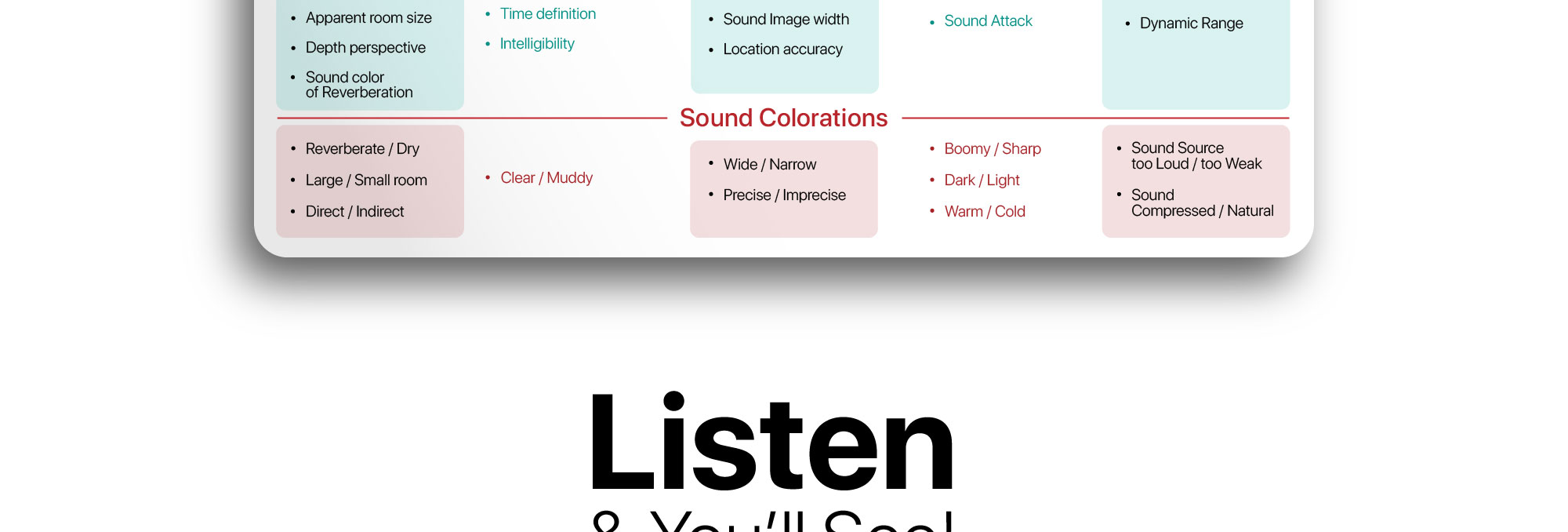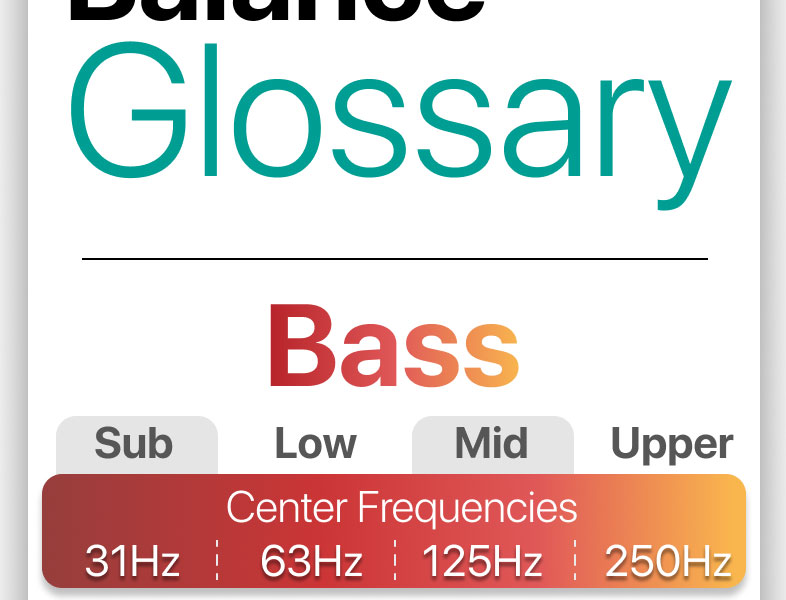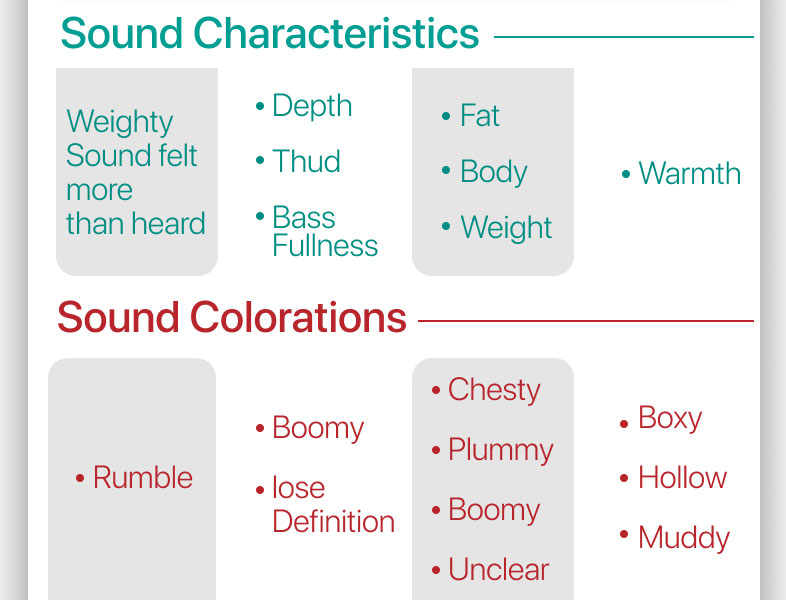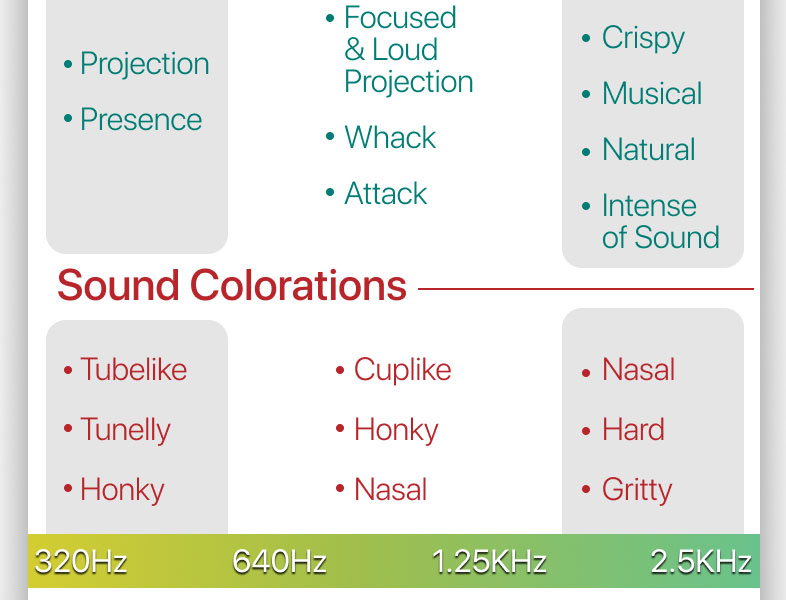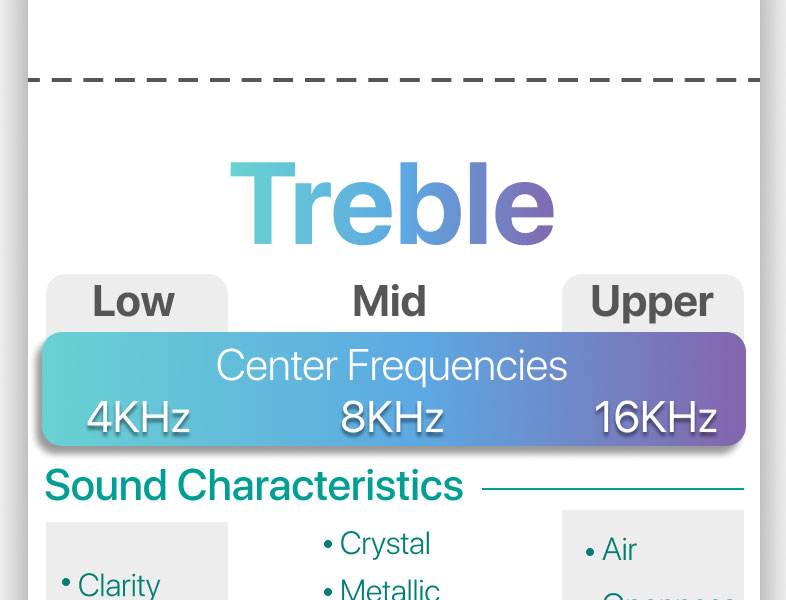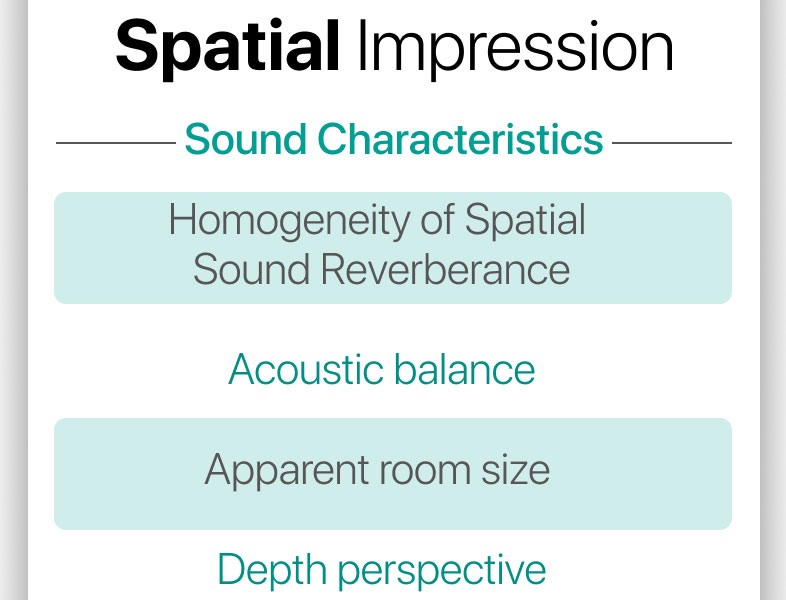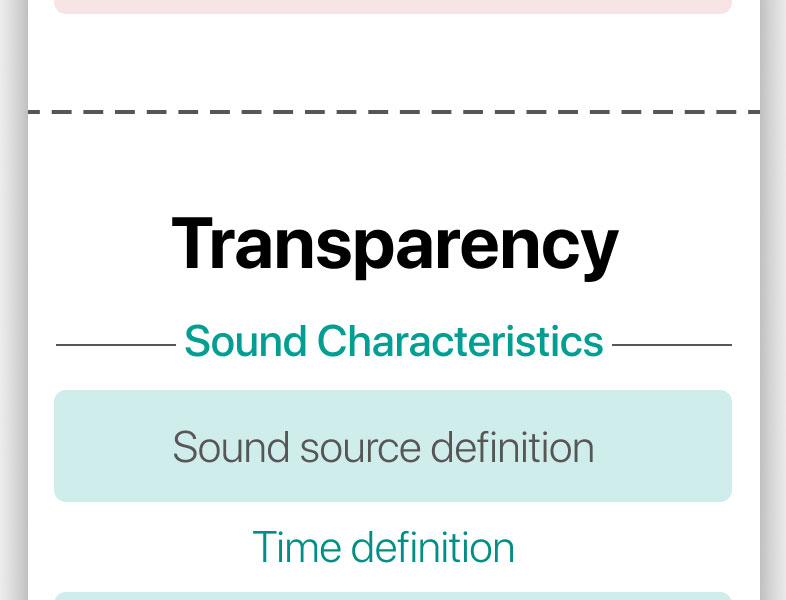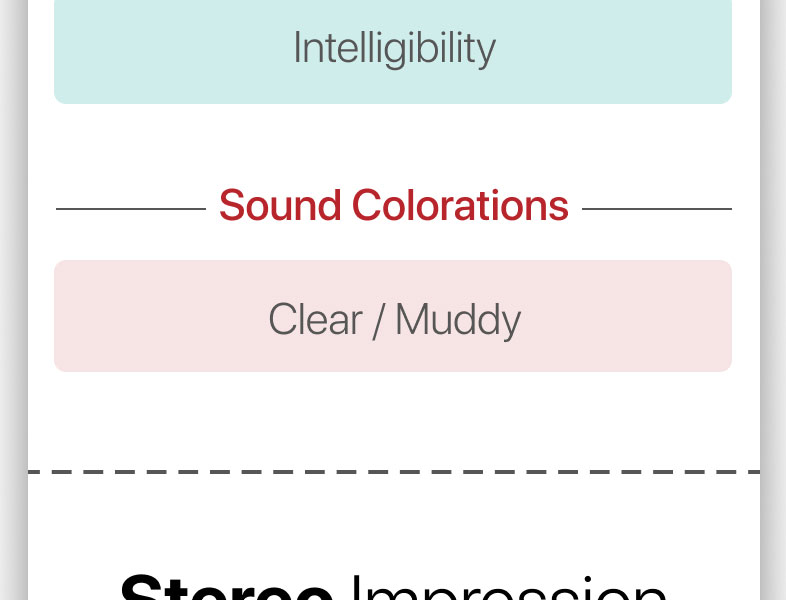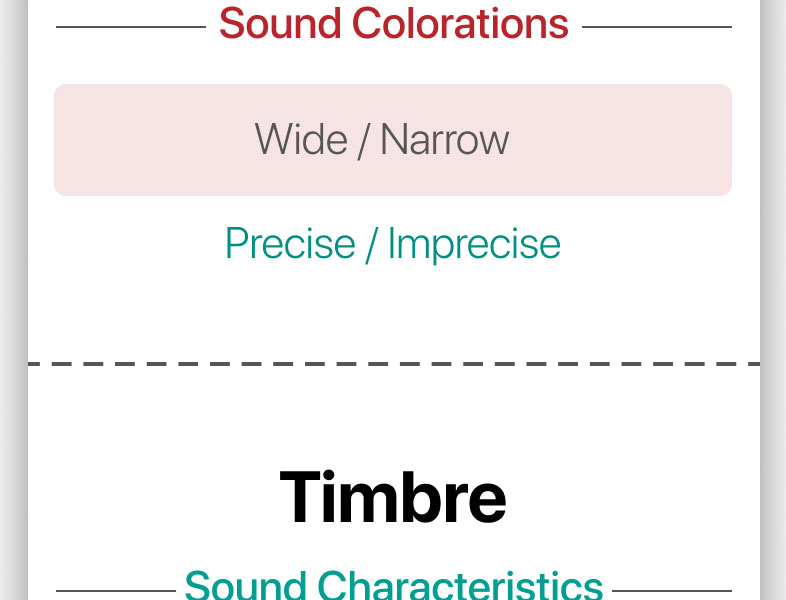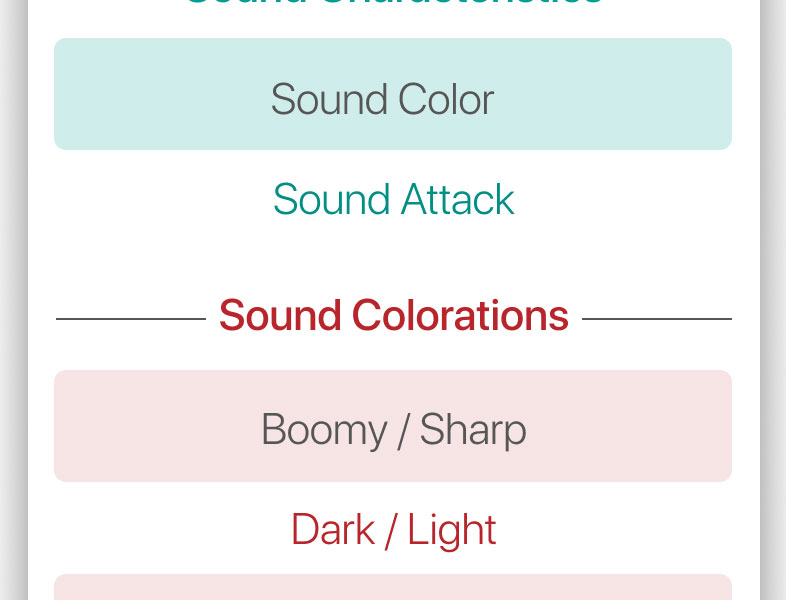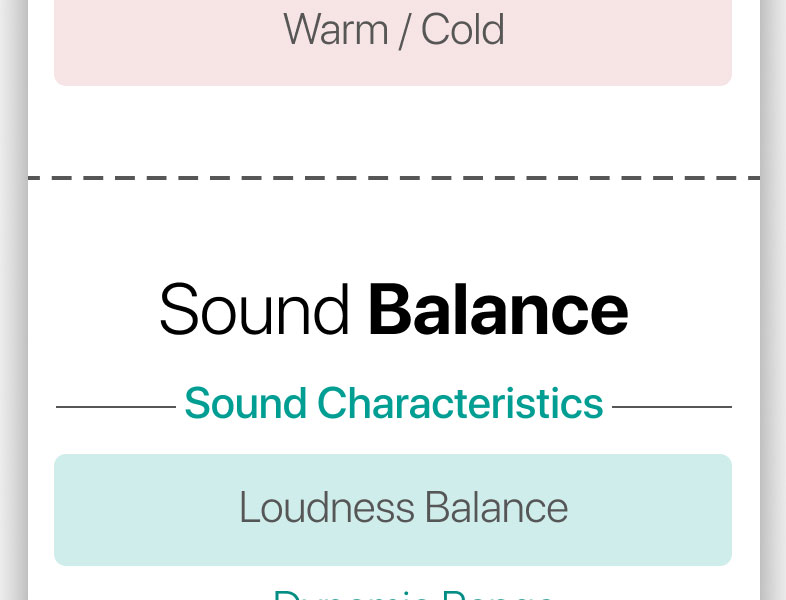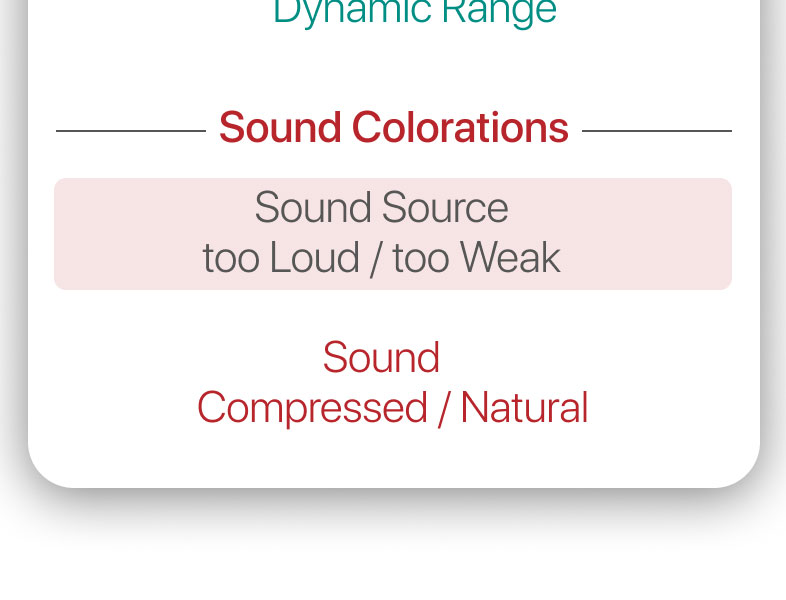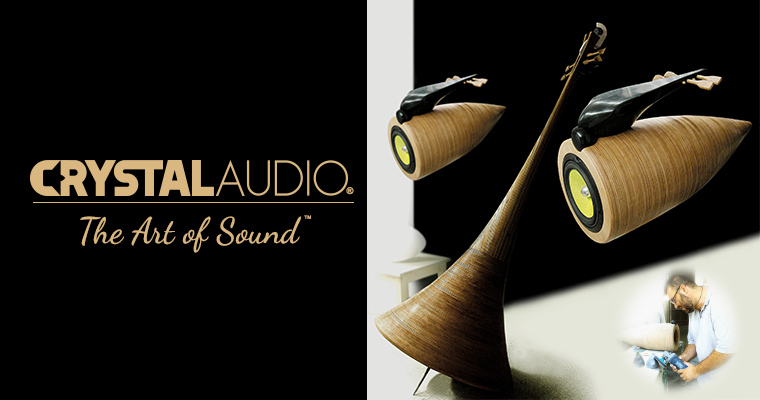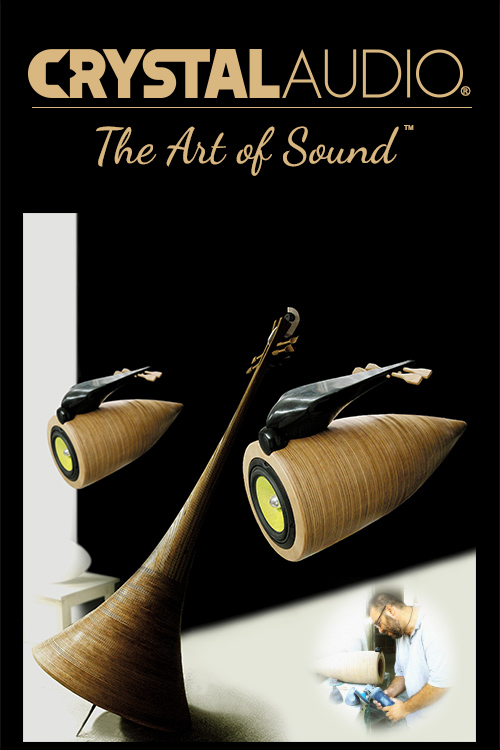Crystal Audio
Awarded productsExcellent value for money
0item(s)
You have no items in your shopping cart.
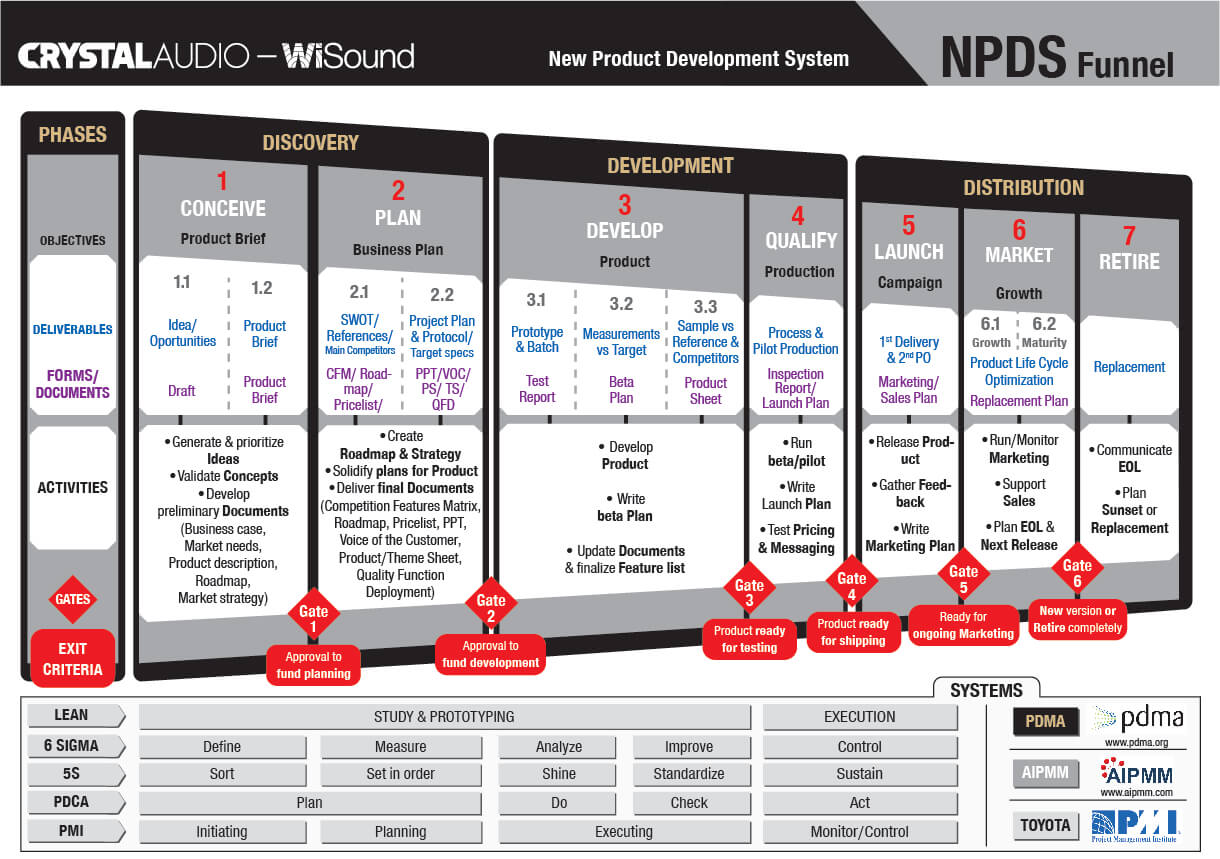 Audio Research & Development
Crystal Audio's dedicated Research & Development team cooperates with universities and technical institutes in order to develop new technologies and bring them to the final customer's use.
Our main research interests involve:
Our engineers often present their work in Conventions of the Audio Engineering Society - AES. The Audio Engineering Society is the only professional society devoted exclusively to audio technology. Its membership of leading engineers, scientists and other authorities has exploded throughout the world, boosting the society's stature and that of its members in a truly symbiotic relationship.
|
|
"HD Digital Multimedia Center with Intelligent Room Equalization System"
in collaboration with the scientific team of Sound Technology & Audio from the University of Patras, BLUEdev and Ergologic (Jan. 2014).
The project created a central entertainment unit that will provide full Media Player capabilities, advanced Networking features and services, and most importantly, an innovative Room Equalization system.
The final product will allow the user to enjoy his / her media library from networked or directly connected storage devices and to explore a selection of streaming services with reference quality, High Definition audio and video material. To ensure absolute sonic quality in every room, the media center will be fitted with an advanced EQ system, capable of automatically applying settings or sending all measurements to dedicated Engineers via the network. Our Engineers will then be able to send back a custom - tailored EQ curve, for perfect sonic results.
The user will be able to have complete control on all system parameters, with the aid of a hi-tech touch screen remote control, and specially developed software. The remote will also embed the microphone, required for all in-room measurements. The final product was released on Jan. 2014
Download the full product brief here.
|
|
"Objective and Subjective Evaluation of Digital Equalization Systems - Measurements of Resonances and Colorations"
presented in the 118th AES Convention, 2005 in Barcelona
Abstract:In this paper, we investigate the correlation between subjective and objective criteria to evaluate Digital Equalization systems automatically. Although the method developed can be perfectly adapted in the case of loudspeakers evaluation, our main concern and motivation is the objective evaluation of Digital Equalization (EQ) systems which promise the undoing of loudspeaker and room artifacts by using different approaches. The interesting issue about Digital EQ systems is developing metrics to evaluate their performance in terms of frequency response flatness and spatial smoothness. We developed in MATLAB an optimization system in the DSP to control the EQ parameters, aiming for optimum overall frequency response.
We have created a user friendly application (check the just below image) that can process 4 in-room measurements and calculate the values of the metrics that we developed and presented in this paper. You can download the application, 4 example files to try and the user's guide from here. Use it and give us your feedback on it!
|
|
"Optimum Loudspeaker System with Subwoofer and Digital Equalization"
presented in the 117th AES Convention, 2004 in San Francisco
Abstract: In this paper we investigate the subwoofer concept in relation to the various benefits of digital equalization and the way it can be used together with today’s small sized multichannel loudspeaker systems. We try to systematize a somewhat objective method of comparing between different subwoofer positions and crossover frequencies regarding their optimum response in a listening area. All these have as purpose to show that we can raise the subwoofer frequency at 120Hz and thus relieve the main loudspeakers from the task of reproducing frequencies down to 80Hz. Thus it is possible to create a hi-end system using slim, line array, main loudspeakers, with all their known advantages, which can be correctly integrated, both aesthetically and acoustically, in any listening room.
|
|
"A Versatile Digital Audio Processing Engine for Loudspeaker and Room Equalization"
presented in the 102nd AES Convention, 1997 in Munich
Abstract: A versatile Digital Processing Engine for speaker and room equalization has been designed and manufactured for hi-fi, hi-end and studio use. The processor has been implemented as to be a "normal" hi-fi component with all the facilities and user-friendliness of a standard preamplifier. The DSP heart has been implemented in a separate PCB that can be interchanged or stacked in a "plug 'n' play" way, allowing for user selected FIR lengths from 832 to 2528 coefficients per channel.
|
|
"Finite Baffle Dipole Speakers with Electrodynamic Drivers - Design, Implementation, Measurements, and an Experiment of Digital Equalization"
presented in the 100th AES Convention, 1996 in Copenhagen
Abstract: Dipole speakers are widely known to benefit from the merits of figure-of-eight polar response throughout the audio spectrum. Figure-of-eight room loading creates a weaker early reflection field and a stronger "reverberation" field, both qualities adding to the creation of more realistic stereo reproduction. Moreover, the use of "standard" electrodynamic loudspeakers for building dipole speakers offers cost effectiveness and an "easy" interface with amplifiers (high sensitivity and impedance). Implementation strategies, computer modeling and measurement tips are both presented and analyzed. Additionally, the use of Digital Equalization using proprietary D.E.A.S. system with dipole speakers is also demonstrated and analyzed.
|
|
"Digital System for Loudspeaker and Room Equalization"
presented in the 98th AES Convention, 1995 in Paris
Abstract: A dedicated stand-alone and low-cost digital equalization audio system (DEAS) is described suitable for loudspeaker and room acoustics equalization. The system incorporates a number of novelties with respect to the algorithms used and its hardware implementation. The system uses a dedicated transversal filter structure and thus allows FIR filters of up to 2400 taps to be implemented and is easily programmable via extensive and flexible library options.
|


![[image] [image]](http://www.crystalaudio.com/Working/Downloads/Notes/b955696e10034c4483aea037a7abf242_Images/b955696e10034c4483aea037a7abf242_414.png)
![[image] [image]](http://www.crystalaudio.com/Working/Downloads/Notes/b955696e10034c4483aea037a7abf242_Images/b955696e10034c4483aea037a7abf242_417.png)
![[image] [image]](http://www.crystalaudio.com/Working/Downloads/Notes/b955696e10034c4483aea037a7abf242_Images/b955696e10034c4483aea037a7abf242_418.png)
![[image] [image]](http://www.crystalaudio.com/Working/Downloads/Notes/b955696e10034c4483aea037a7abf242_Images/b955696e10034c4483aea037a7abf242_411.png)
![[image] [image]](http://www.crystalaudio.com/Working/Downloads/Notes/b955696e10034c4483aea037a7abf242_Images/b955696e10034c4483aea037a7abf242_412.png)
![[image] [image]](http://www.crystalaudio.com/Working/Downloads/Notes/b955696e10034c4483aea037a7abf242_Images/b955696e10034c4483aea037a7abf242_419.png)





